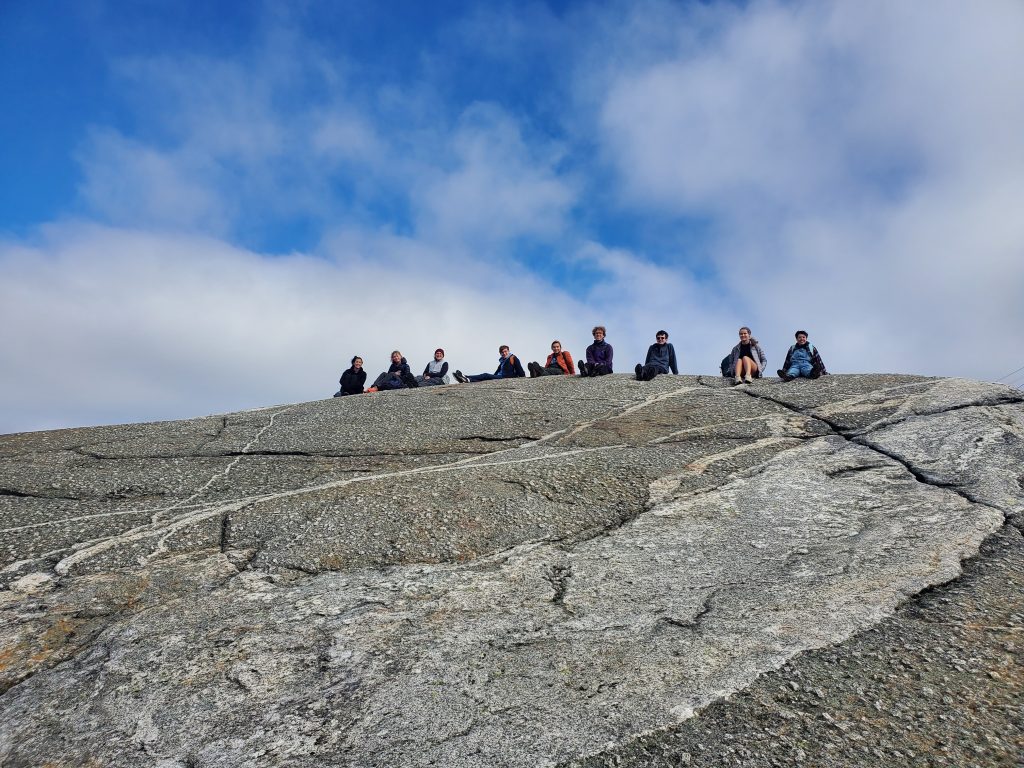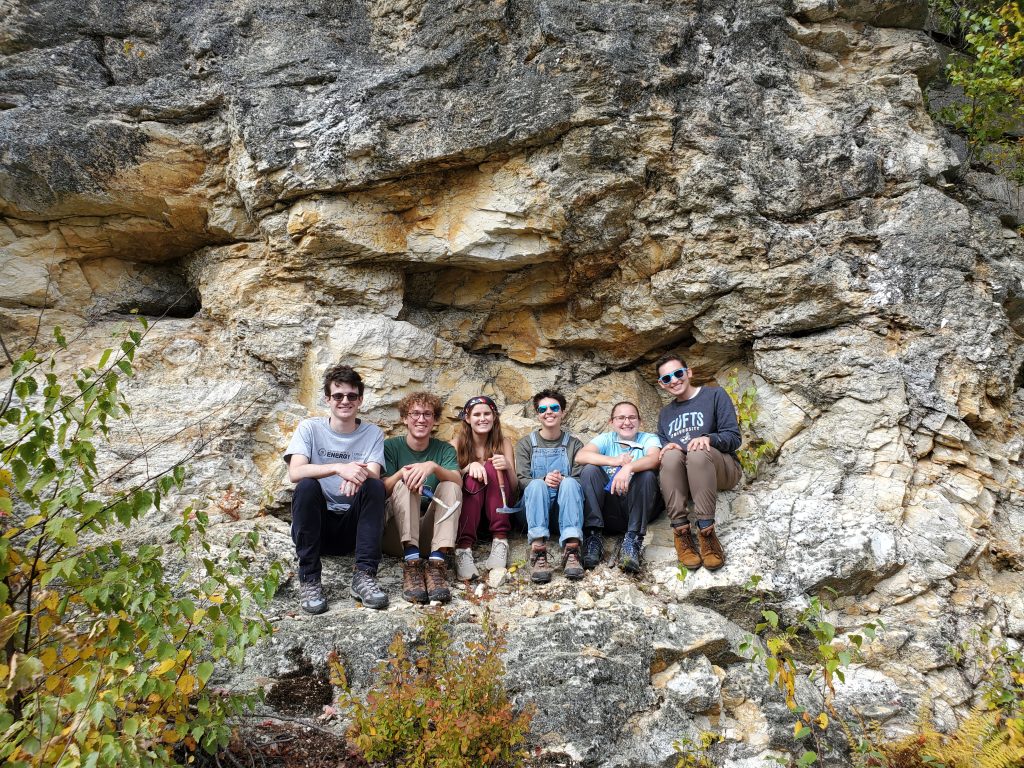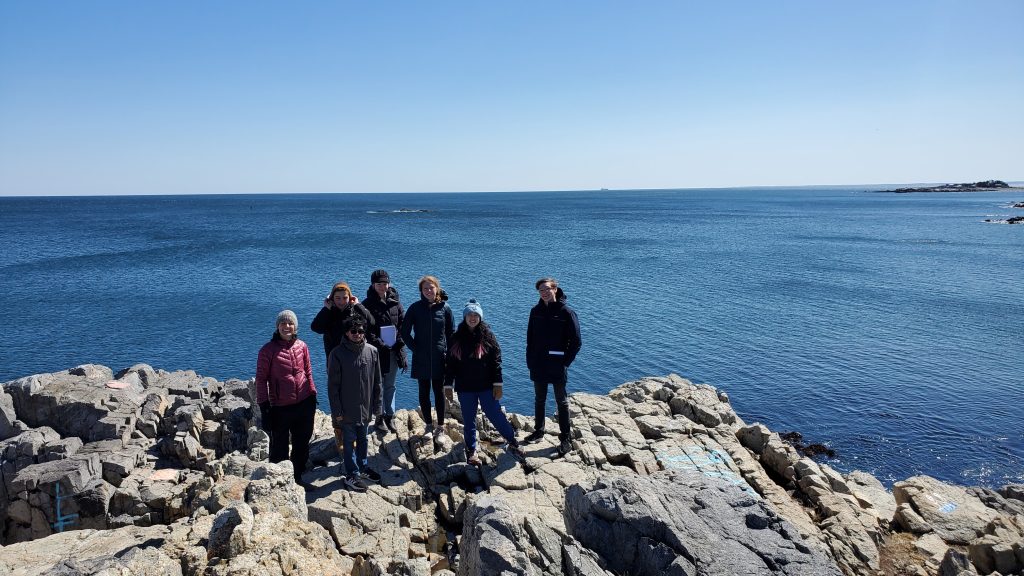
I regularly teach the ECS 11: Introduction to Mineralogy and ECS 12: Igneous and Metamorphic Petrology courses at Tufts

ECS 11: Mineralogy
In this course students learn the basics of how to identify minerals, why they have such characteristic shapes and colors, and where in the world they can be found. Minerals have a huge role in our society, being used in everything from jewelry to superconductors. In addition to our classical study of mineralogy, students learn about the gems and minerals industry and the principles of mining, geochronology, economic geology, and the burgeoning field of climate mitigation and engineering using mineral forming reactions.
The course is divided into three sections:
(1) Fundamentals of mineral formation and identification
(2) Detailed examination of each of the seven crystal class systems
(3) Exploration of the minerals industry and applications
Laboratory sections cover the basics of mineral identification in both hand sample and thin section.

ECS 12: Petrology
2023 Petrology class on Castle Rock, Marblehead, MA – a great example of ~600 Ma ignimbrite volcanism
Students in the Igneous and Metamorphic Petrology course take an in depth look at the fundamental physical and chemical processes behind the formation of rocks and minerals in all tectonic settings. The course provides an overview of the thermodynamic and geochemical tools that petrologists use to investigate problems in solid earth, and then applies those tools and techniques to tectonic settings around the world. Weekly homework assignments give students time to practice these concepts using real-world data while gaining valuable analytical skills. Laboratory sections focus on rock ID and mineral associations in hand sample and thin section as well as thermodynamic modeling and phase diagrams.
